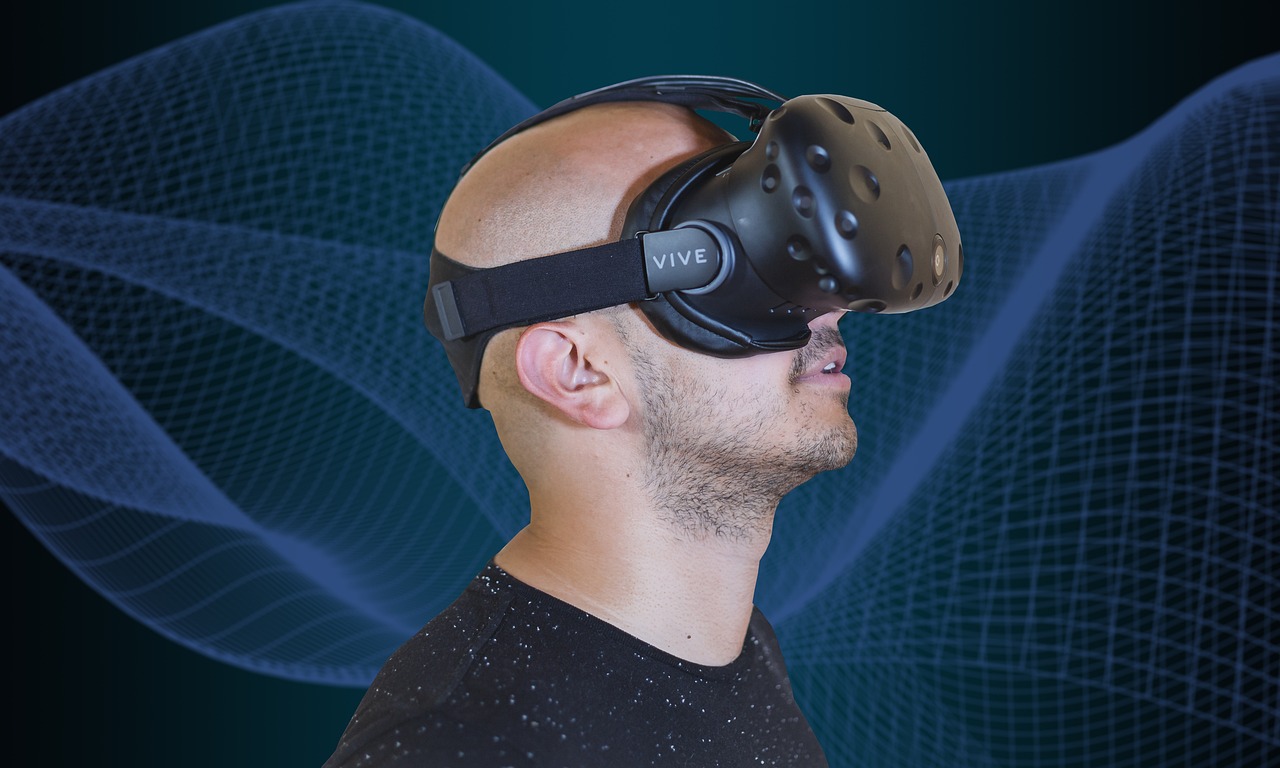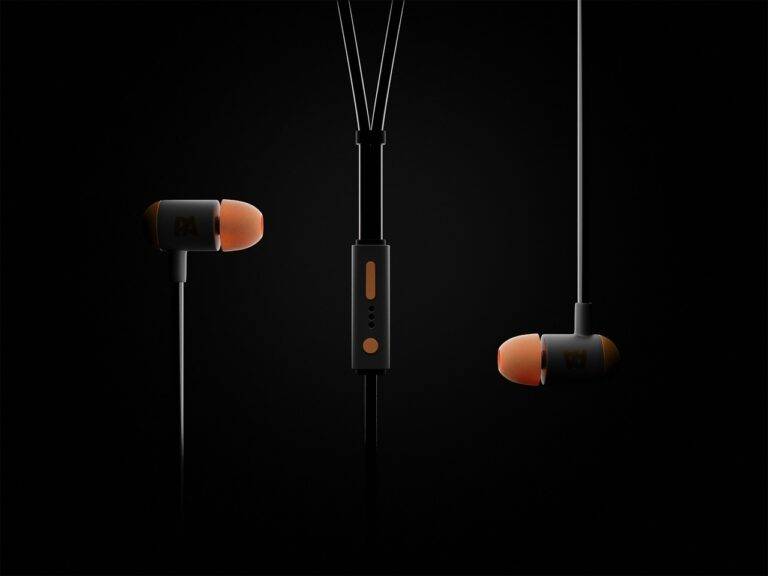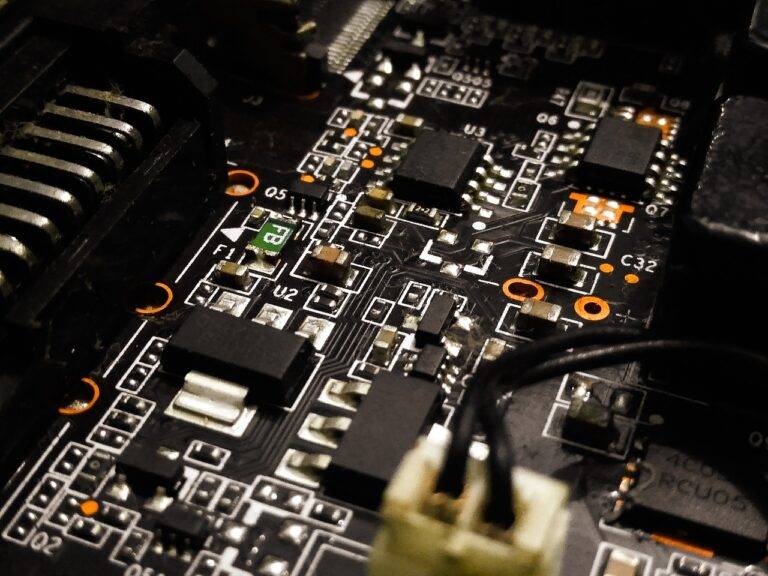The Evolution of Augmented Reality in Retail
Augmented Reality (AR) is a cutting-edge technology that blends digital information with the physical world, providing users with an interactive and immersive experience. Unlike virtual reality, which creates a completely simulated environment, AR enhances real-world surroundings by overlaying digital content such as images, videos, or text onto the physical environment. This technology has rapidly gained popularity across various industries, offering innovative solutions that revolutionize the way we interact with our surroundings.
One of the key features of AR technology is its ability to enhance user experiences in fields like gaming, education, healthcare, and retail. By integrating digital elements into the physical world, AR has the potential to transform traditional practices and elevate engagement levels. Whether it’s visualizing furniture in a room before making a purchase or learning about historical events through interactive overlays, AR opens up a realm of possibilities for businesses and consumers alike. As this technology continues to evolve, its impact on society is poised to grow, leading to new and exciting advancements in how we perceive and interact with the world around us.
The Beginnings of Augmented Reality Technology
Augmented reality technology traces its origins back to the 1960s, when computer scientist Ivan Sutherland developed the first head-mounted display system known as the “Sword of Damocles.” This early prototype laid the foundation for the future development of AR technology by superimposing simple wireframe graphics onto the user’s view of the real world.
In the following decades, researchers and innovators continued to explore the potential of augmented reality, with notable advancements emerging in the fields of aviation, military training, and medical visualization. The 1990s saw the emergence of commercial applications of AR technology, with companies like Boeing experimenting with AR systems to aid in aircraft assembly and maintenance. These early forays into augmented reality laid the groundwork for the widespread adoption and integration of AR technology in various industries in the years to come.
Augmented Reality in Retail: Early Adoption
Augmented Reality in retail has been garnering attention as a cutting-edge technology poised to revolutionize the shopping experience. Retailers are increasingly leveraging AR to offer customers a more immersive and personalized shopping journey. Through the integration of AR technology, consumers can visualize products in real-time within their physical environment, helping to bridge the gap between online and in-store experiences.
One of the primary drivers behind the early adoption of Augmented Reality in retail is its ability to enhance customer engagement and drive sales. By enabling shoppers to interact with products virtually, retailers can boost customer confidence in their purchase decisions and reduce the likelihood of returns. Furthermore, AR technology opens up opportunities for retailers to create innovative marketing campaigns that capture the attention of tech-savvy consumers seeking unique and memorable shopping experiences.
What is augmented reality?
Augmented reality is a technology that overlays digital information or virtual elements onto the real world, typically through the use of a smartphone or wearable device.
How is augmented reality being used in retail?
In retail, augmented reality is being used to enhance the shopping experience for customers by allowing them to visualize products in their own space before making a purchase.
What are some examples of augmented reality in retail?
Some examples of augmented reality in retail include virtual try-on for clothing and accessories, virtual furniture placement for home decor, and interactive product demonstrations.
How are retailers benefiting from adopting augmented reality technology?
Retailers are benefiting from adopting augmented reality technology by increasing customer engagement, reducing returns, and creating a more personalized shopping experience for their customers.
Is augmented reality technology still in the early stages of adoption in the retail industry?
Yes, augmented reality technology is still in the early stages of adoption in the retail industry, but more and more retailers are starting to explore its potential benefits for their businesses.





